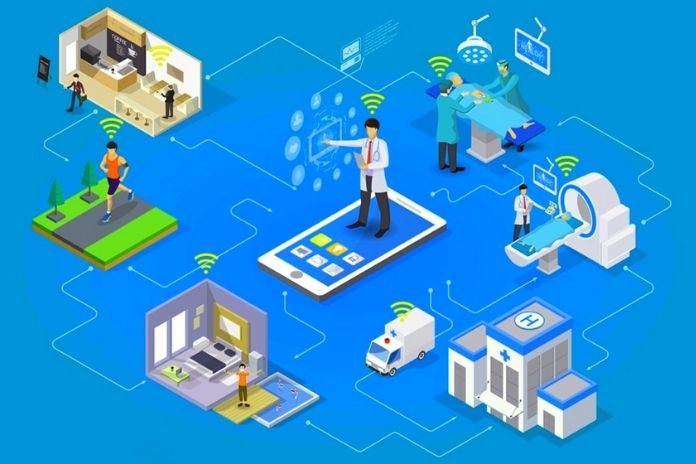IOT Connected Medical Devices In Hospitals
From patient and machine monitoring in hospitals and clinics to daily vitality and well-being checks, IoT-connected medical devices are about to revolutionize our healthcare. And the number of intelligent devices used in medical facilities or for medical purposes is increasing.
No wonder! The IoT connection of various medical devices has long been an indispensable part of the work-up processes for many medical professionals and laboratory workers. Finally, Internet of Things-connected medical devices provide instant data reporting to the relevant physicians and quick availability for processing and analysis. After all, speed sometimes matters when it comes to life or death.
Can IOT Connected Medical Devices Improve Our Healthcare?
Of course, much more is possible than just analyzing blood values or heart rate. CT, ECG, Ultrasound, and others; The number of medical devices that produce electronic data and are connected to the network has increased enormously. You have become a kind of electronic doctor yourself. Why? Because their data can be used quickly and effectively? Not only. Data on current physiology, coupled with laboratory results, medication dosage, and other important information, are automatically passed to an Electronic Medical Record (EMR). This gives the doctor and nursing staff a quick overview in any case, but sometimes they even receive a valuable analysis, a kind of medical recommendation that can be used for further treatment,
The analysis of this particular type of artificial intelligence protects against errors and, above all, saves the staff time. Each IoT-connected medical device can hold four to 36 minutes of work time per day. Higher quality and lower costs result, which is particularly beneficial for the patient. Cheap in every way. Recently, IoT devices have also been used for surgical procedures. They enabled robot-assisted surgery to augment the skills of human surgeons.
The Internet Of Things As An Accompanying Doctor
Of course, the history of patient records has also become more detailed in the age of IoT. Finally, recording patient statistics and comparing results is of great importance to a prudent physician. If your doctor knows what your vitality looks like when you are healthy, he will also recognize when you are sick or maybe even when you will become sick—keyword prevention. However, IoT-connected medical devices allow much shorter intervals of this vital recording of our physiological data. These, in turn, not only help the doctor.
Tracking devices measure breathing, heart, body temperature, or blood sugar level and have a corresponding case detection feature to enable an immediate reaction. For example, in the case of a diabetic patient, they constantly measure the blood sugar level and immediately sound the alarm if the values are abnormal. Heart rate monitors for asthma, as they measure heart rate and blood oxygen levels, can also sound an alarm and report the results to doctors. Even if they wish to conceive, women can use the appropriate devices to track their ovulation cycles to increase their pregnancy chances.
Support For People With Dementia And Pain Patients
Medical gadgets carried around daily and connected to the internet can fulfill many activities, from the simple fitness trainer who reminds us to exercise more to the nutritionist. For example, smart glasses can record our food choices, portion size, and calories and then send data to an app. The app can take this information and analyze it through data processing to create a unique plan.
Mobile devices can be even more critical in other areas: the number of Alzheimer’s and dementia patients grows. And unfortunately also the number of those who get lost and thereby endanger themselves and others. GPS-based devices can help here. They inform the doctor or family of the location of their relative. It may be possible to find the patient before he gets into trouble with this.
Some IoT-connected medical devices also serve as reminders, reminding or even providing users with prescribed medication intake. Patients who suffer from severe or chronic pain can also use embedded painkillers. They can assess the patient’s condition and distribute medication to reduce pain. Physicians can track activity results and pain medication doses and make adjustments.
Also Read: AI In Medium-Sized Companies
Share this content:











Post Comment